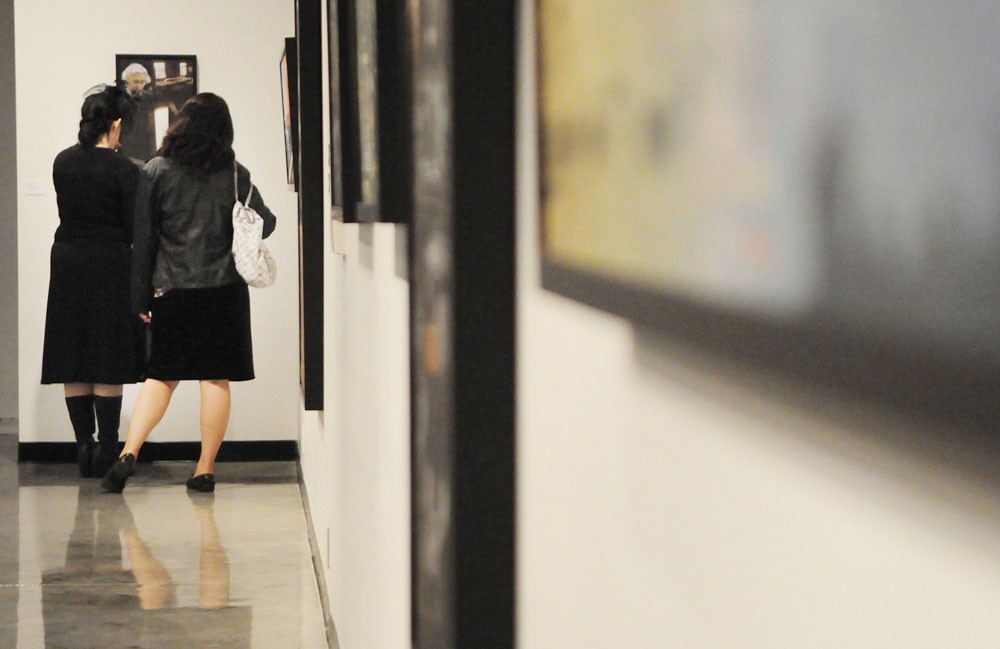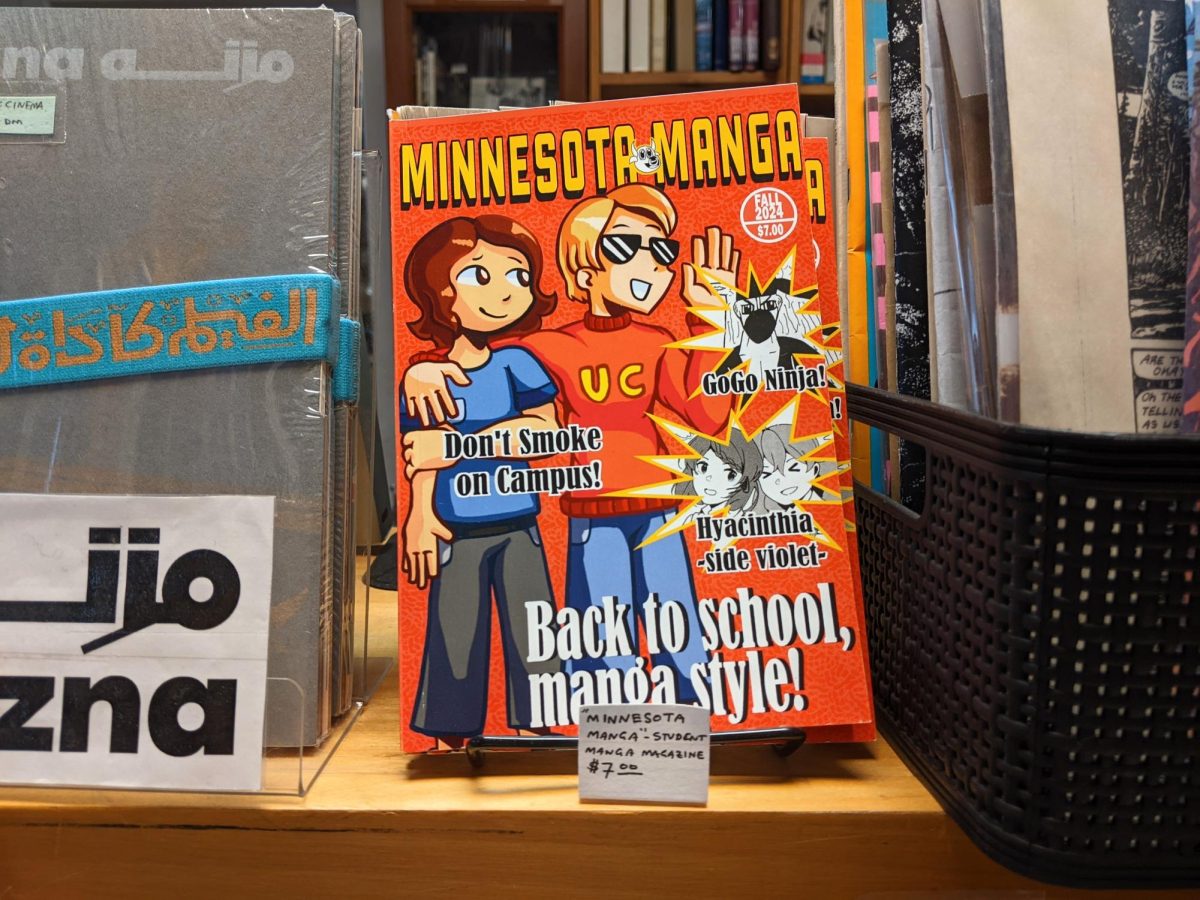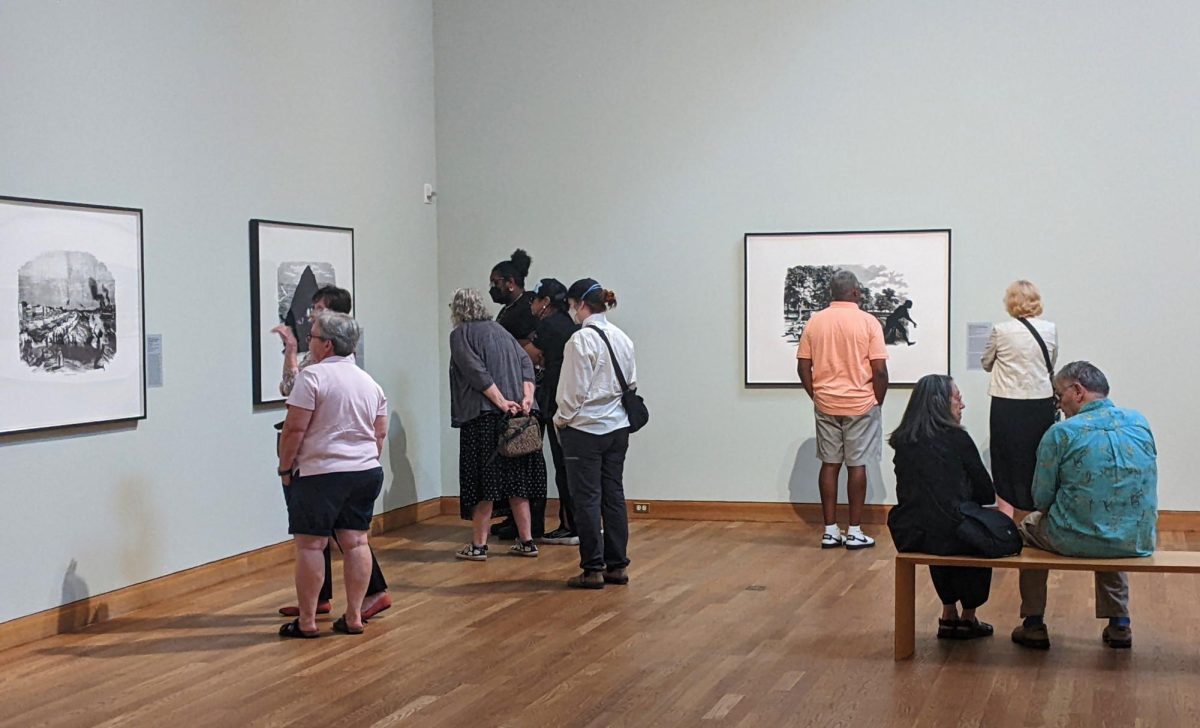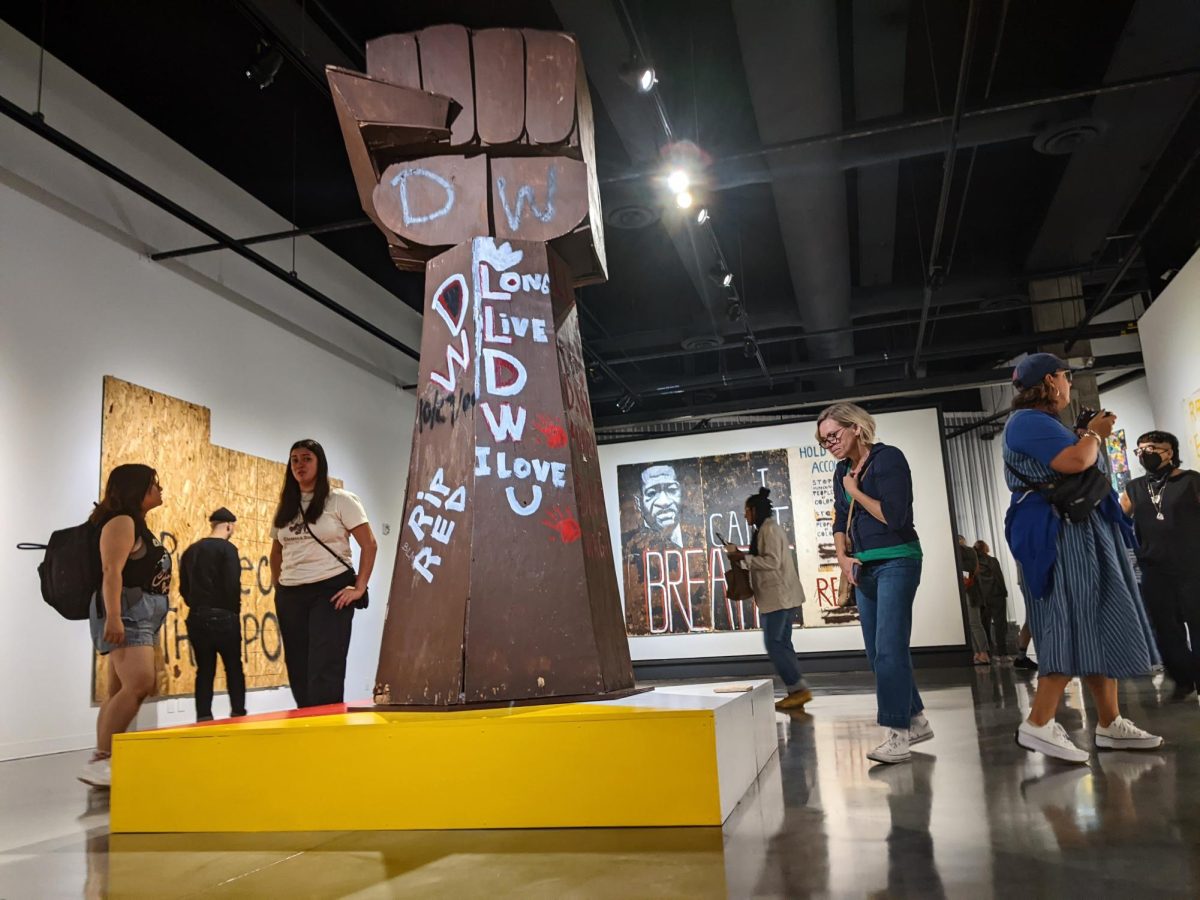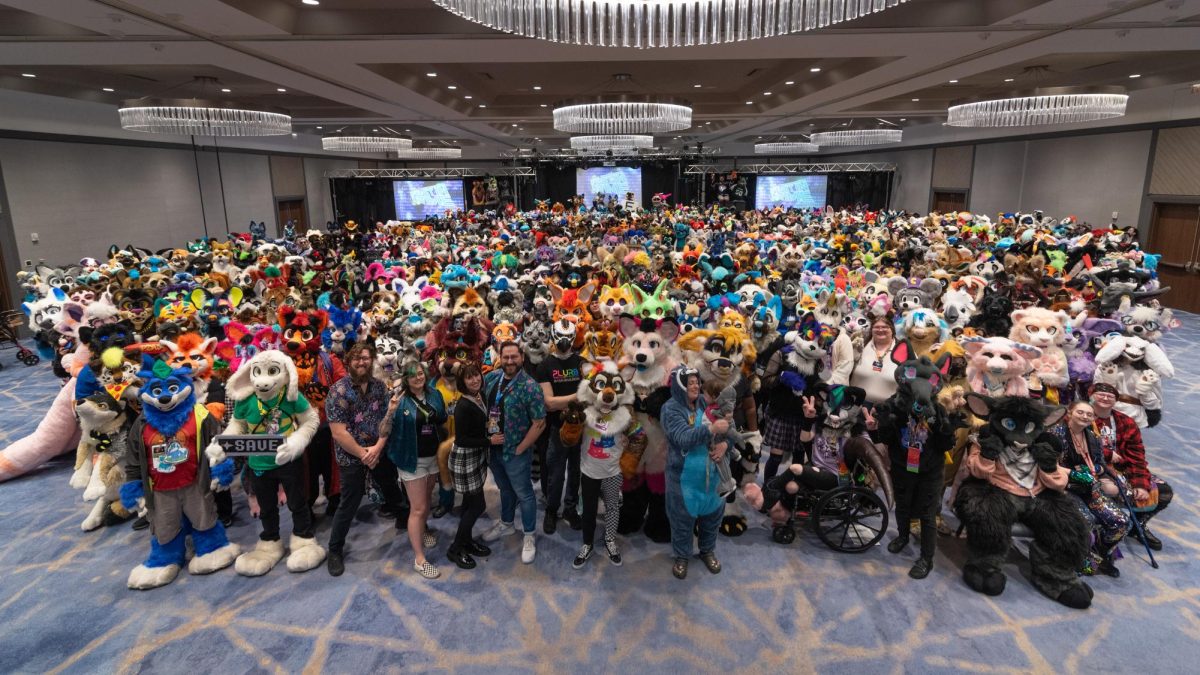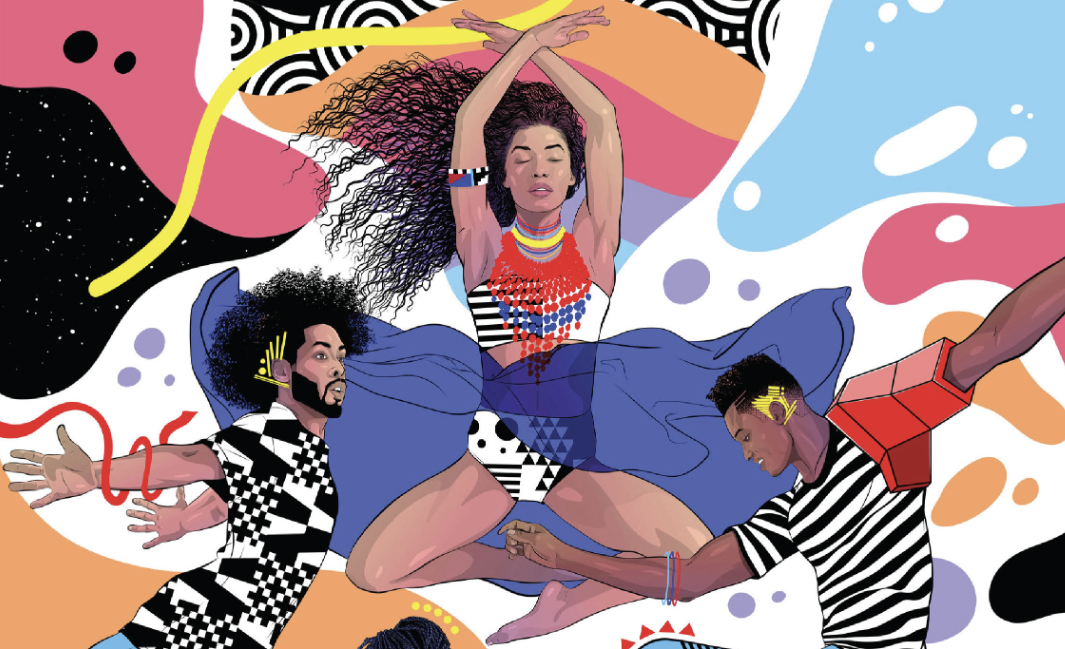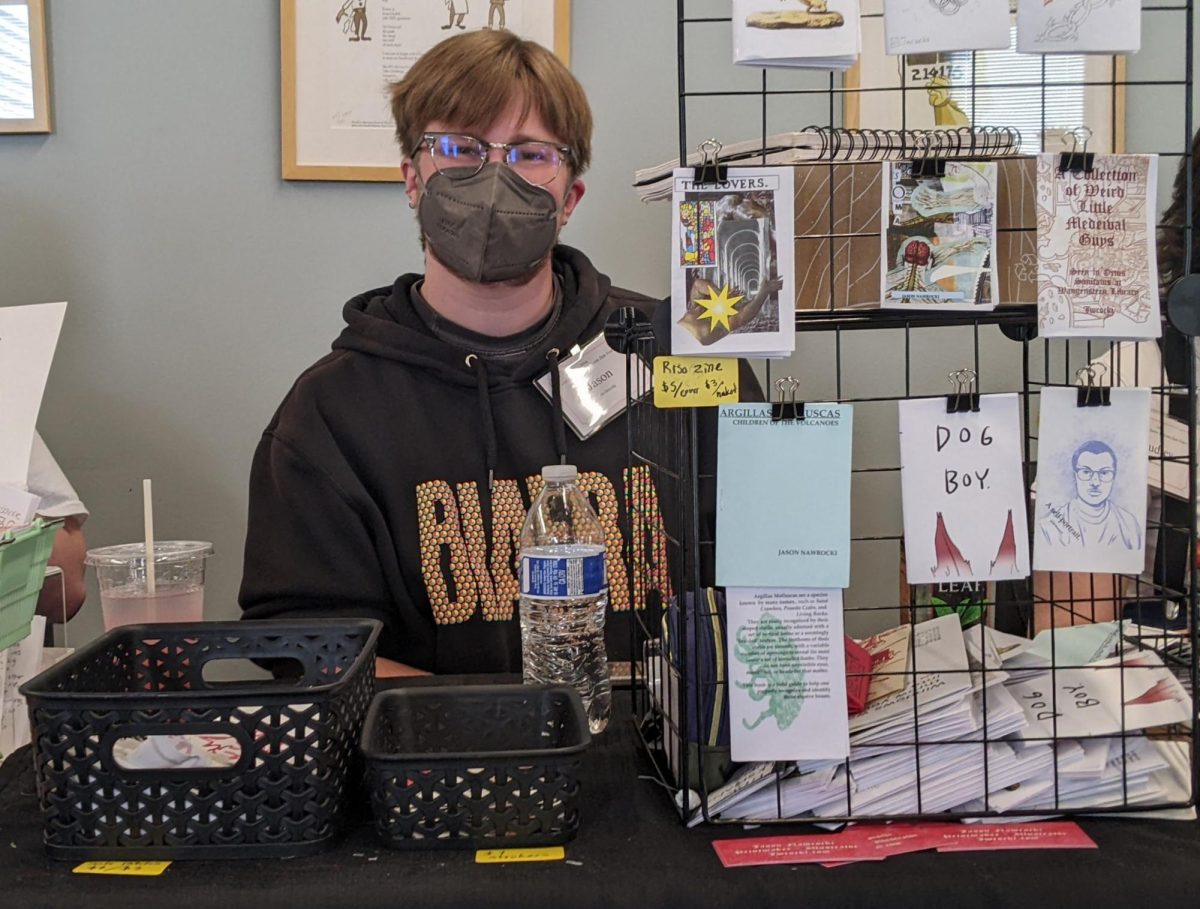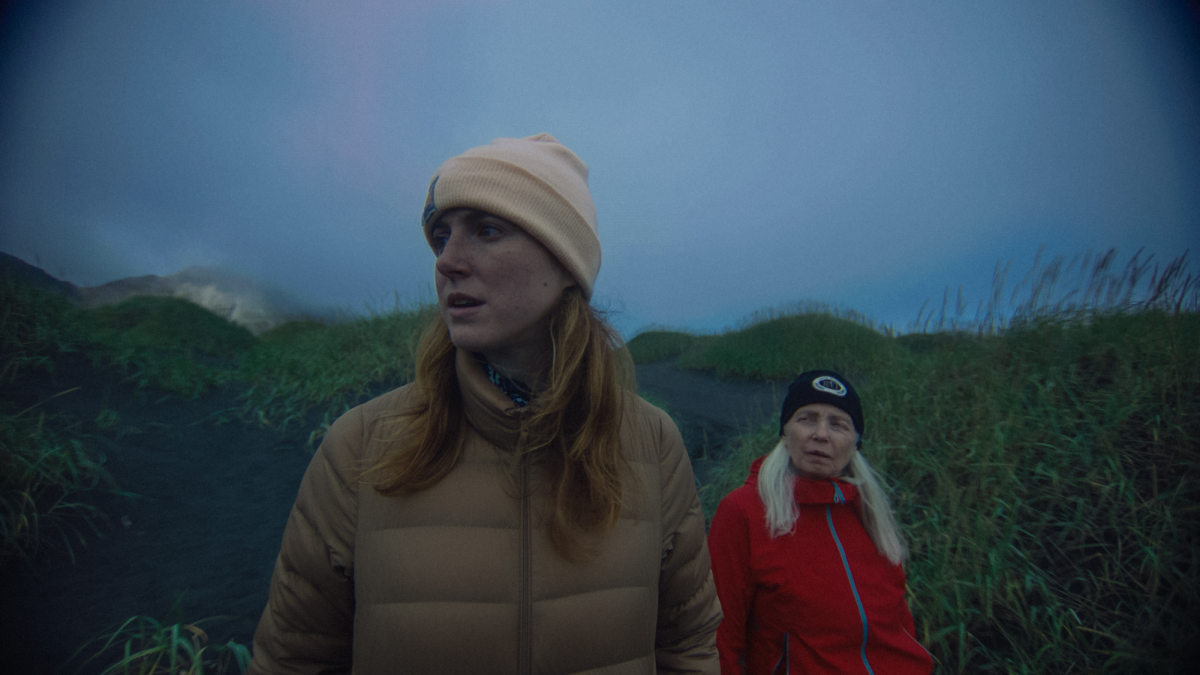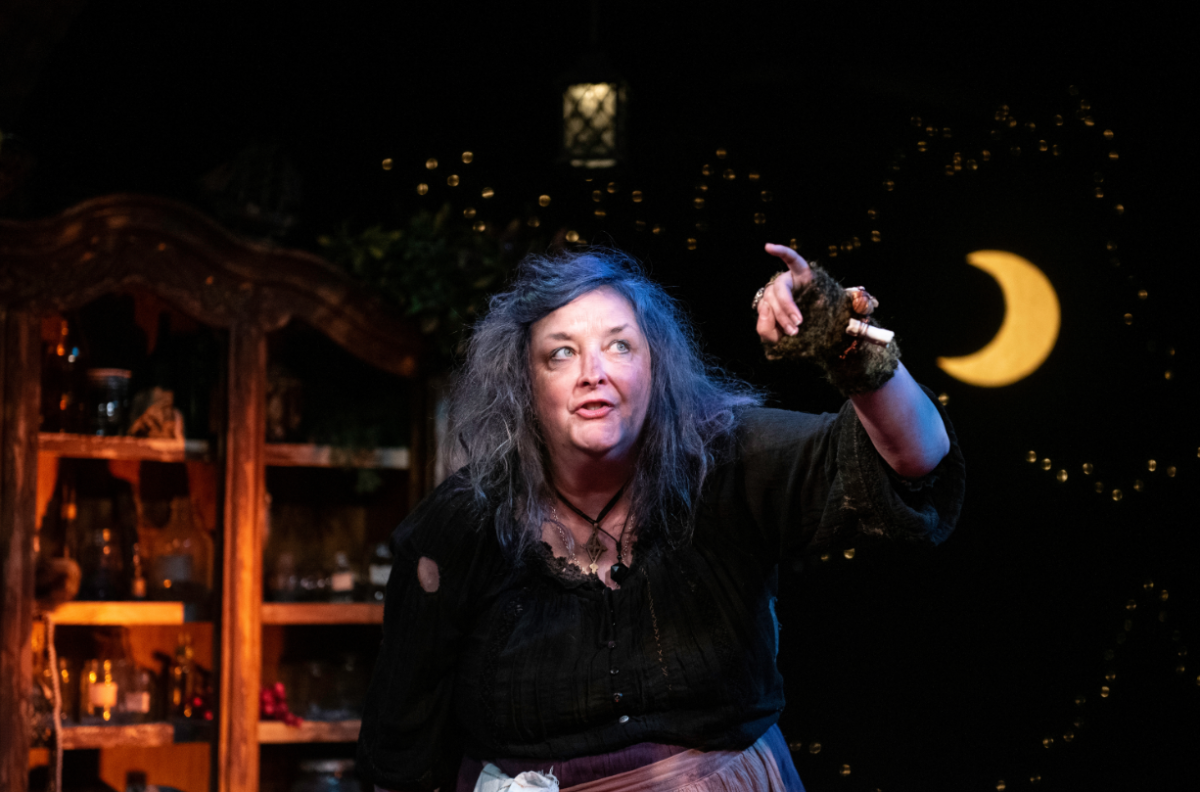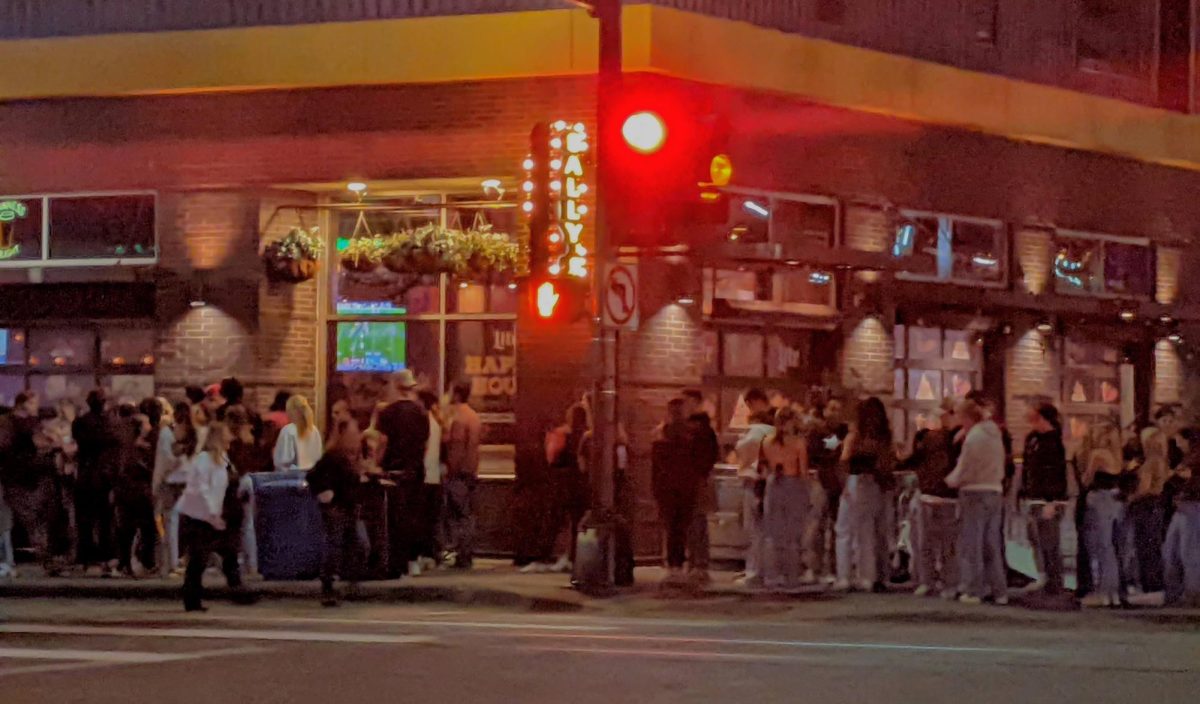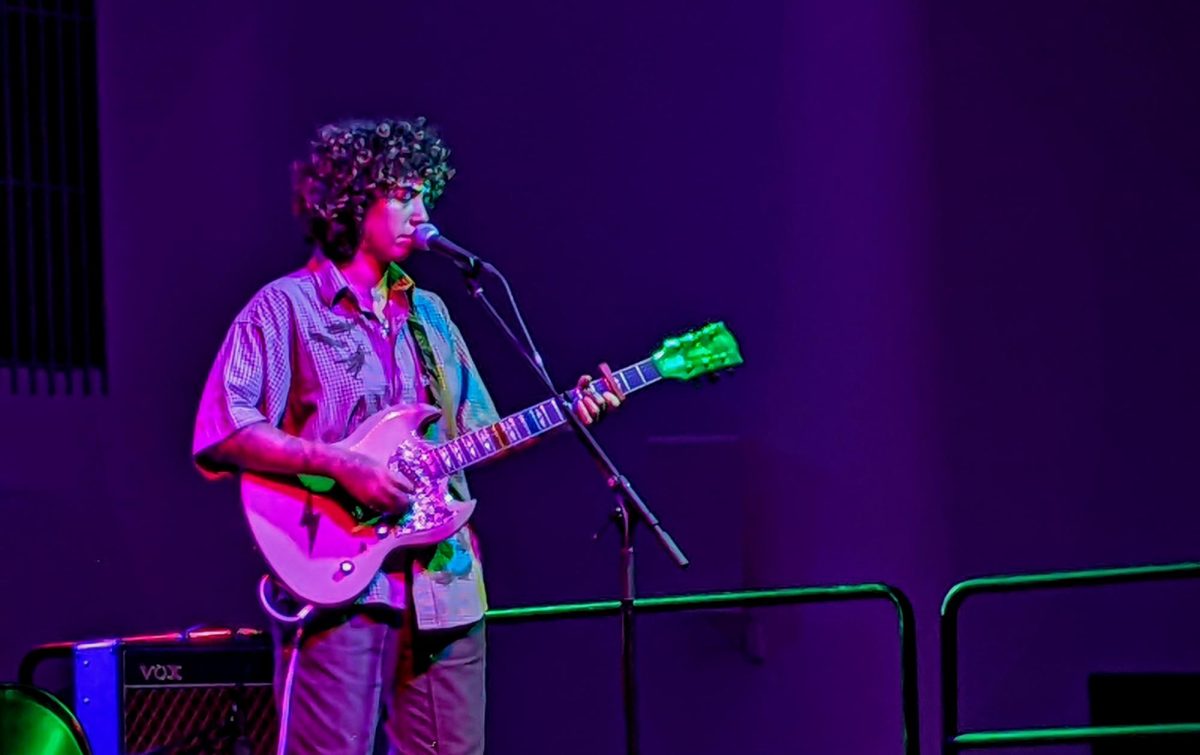In the early 2000s, University of Minnesota art professor David Feinberg had an idea — he wanted to memorialize and honor the memories of Holocaust survivors and their families through art.
Fourteen years later, with the help of collaborative storytelling and artistic creation, Voice to Vision tells the stories of human rights violations and genocide survivors around the world.
It all started with a phone call. In 2002, Feinberg reached out to Steve Feinstein — the late director of the University’s Center for Holocaust and Genocide Studies.
“I told him I had this idea,” Feinberg said. “I had a project called Voice to Vision. I told him about five minutes’ worth and said that we didn’t really have it worked out. He didn’t say ‘Come back when you have more information.’ … He said, ‘Let’s do it.’”
The main premise of Voice to Vision is taking people’s stories and memorializing them through art, Beth Andrews, the associate director of Voice to Vision, said.
Voice to Vision brings in artists to help tell survivors’ stories. Luis Ramos-Garcia, an associate professor of Spanish and Portuguese studies at the University, has been working with Feinberg on the project for the past few years. Having worked in theater in Columbia, Cuba, Peru and Spain, Ramos-Garcia brings in activists to collaborate with Feinberg and his team.
Ramos-Garcia has also created his own art for the project.
“[Feinberg] and his team found that there is an artistic DNA within,” Ramos-Garcia said. “He lets us talk about certain things that, amazingly, we never talk about. Keep in mind, he doesn’t speak Spanish, so I don’t know how he does it.”
Ramos-Garcia’s experience viewing his artwork was both surreal and reflective.
“When you go and see these [pieces] for the first time, you see yourself reflected back,” Ramos-Garcia said. “I don’t go to a therapist, but if I did this is what I would tell my therapist … because he managed to get the pain that was in there.”
The Voice to Vision studio in Como depends on a collaborative atmosphere.
“If you were to go around and say, ‘How do you create a sentence?’ everybody has a word in that sentence to complete the process,” said Paula Leiter Pergament, a visual artist and volunteer with Voice to Vision.
The project’s collaborative process involves what Feinberg describes as the “wow factor.” In order for survivors, artists and storytellers who are working together to make a decision, the group must agree that the choice has that factor.
“Two weeks after we finish, no one knows what made everyone say ‘wow’ because the process is so organic,” Feinberg said.
Voice to Vision also involves undergraduate students at the University. Despite being younger than the other volunteers and faculty, students in the Voice to Vision studio are treated as equals.
“A lot of the process revolves around discussion, so we’re a part of the community,” said Kristin Anton, a sophomore studying art at the University who began doing research with Feinberg as a freshman.
Much of the work that Voice to Vision does informs the artists and volunteers of new stories and cultures, making the artistic creation a learning experience for them as well.
“The idea of being exposed to other people’s colors and subject matter and sensibilities expands your own knowledge. I started this almost 14 years ago; I was about 59 or 60, and I thought I knew a lot about art,” Feinberg said. “It’s opened up a whole new world and a new history to me.”
Many artists and volunteers have found their work with Voice to Vision more impactful and important than other projects.
“I spent a week painting with [Feinberg], and I thought I was going to be painting flowers and bunnies,” Andrews said. “Then the first night [Feinberg] showed us [Voice to Vision] and I said, ‘This is what I want to do. I want to forget about the flowers and bunnies.’”


